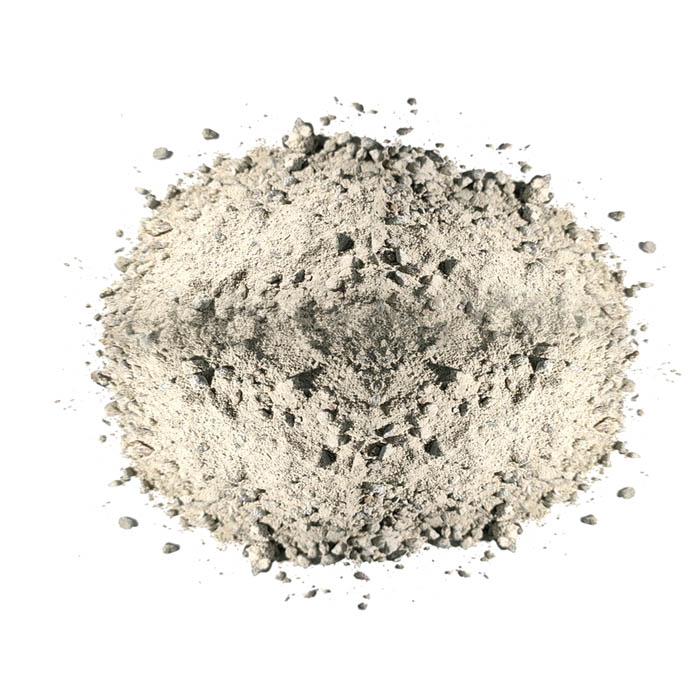Nov . 10, 2024 03:03 Back to list
Vermiculite as an Effective Insulation Solution for Your Home
The Benefits of Using Vermiculite for Insulation
Vermiculite is often hailed as an effective insulation material, known for its unique properties that make it suitable for various construction applications. This mineral, formed through the hydration of mica, expands into lightweight, fire-resistant particles when heated, providing an excellent option for insulating homes and buildings. In this article, we will explore the advantages of using vermiculite for insulation, its applications, environmental impact, and considerations for installation.
Why Choose Vermiculite for Insulation?
1. Thermal Insulation One of the primary benefits of vermiculite is its exceptional thermal insulating properties. With a low thermal conductivity, it helps keep buildings warm in winter and cool in summer. This can lead to significant energy savings, reducing the reliance on heating and cooling systems, which ultimately lowers utility bills.
2. Fire Resistance Vermiculite is naturally fire-resistant. Its structure allows it to withstand high temperatures, making it an excellent choice for fireproofing applications. In the event of a fire, vermiculite does not emit harmful smoke or fumes, adding an extra layer of safety for occupants.
3. Sound Insulation Vermiculite provides sound absorption qualities, making it an ideal material for soundproofing. Its density helps to reduce the transmission of sound between rooms, creating a quieter indoor environment. This is particularly beneficial in multi-family dwellings, office spaces, and music studios.
4. Moisture Control Vermiculite is hygroscopic, meaning it can absorb and retain moisture. This property helps regulate humidity levels within a building, preventing mold growth and creating a healthier living environment. However, it is crucial to ensure that vermiculite is used in conjunction with a proper vapor barrier to maximize its effectiveness.
5. Lightweight and Easy to Handle Compared to other insulation materials, vermiculite is lightweight, making it easy to transport and install. This can lead to reduced labor costs and shorter installation times, benefiting both builders and homeowners.
vermiculite for insulation

Applications of Vermiculite Insulation
Vermiculite can be used in various applications across residential and commercial settings. It is commonly applied in attics, walls, floors, and ceilings. Its loose fill form is particularly ideal for filling cavities and spaces that are hard to reach with traditional insulation batts. Additionally, vermiculite can be utilized in fireproofing materials, acoustic panels, and even as a lightweight filler in certain cement mixes.
Environmental Impact
Vermiculite is a natural, non-toxic material, making it an environmentally friendly choice for insulation. When mined and processed responsibly, vermiculite has a relatively low carbon footprint compared to synthetic insulation materials. Furthermore, because it helps improve energy efficiency, using vermiculite can contribute to greenhouse gas reduction in the long term.
Considerations for Installation
While vermiculite has many advantages, several considerations should be kept in mind during installation. It is essential to ensure that the product is free from asbestos, as some older vermiculite sources may contain harmful fibers. Always choose vermiculite from reputable suppliers who adhere to safety and quality standards. Additionally, proper installation techniques should be followed to maximize insulation effectiveness and ensure that the material is appropriately compacted.
Conclusion
Vermiculite is a versatile and effective insulation material with a range of benefits for homeowners and builders alike. Its thermal properties, fire resistance, sound insulation, moisture control, and lightweight nature make it a preferred choice for various applications. By choosing vermiculite insulation, you not only improve the comfort of your home but also contribute positively to the environment. As with any building material, it is vital to approach its use with knowledge and care to achieve the best results.
-
Eco-Friendly Granule Covering Agent | Dust & Caking Control
NewsAug.06,2025
-
Fe-C Composite Pellets for BOF: High-Efficiency & Cost-Saving
NewsAug.05,2025
-
Premium Tundish Covering Agents Exporters | High Purity
NewsAug.04,2025
-
Fe-C Composite Pellets for BOF | Efficient & Economical
NewsAug.03,2025
-
Top Tundish Covering Agent Exporters | Premium Quality Solutions
NewsAug.02,2025
-
First Bauxite Exporters | AI-Optimized Supply
NewsAug.01,2025
